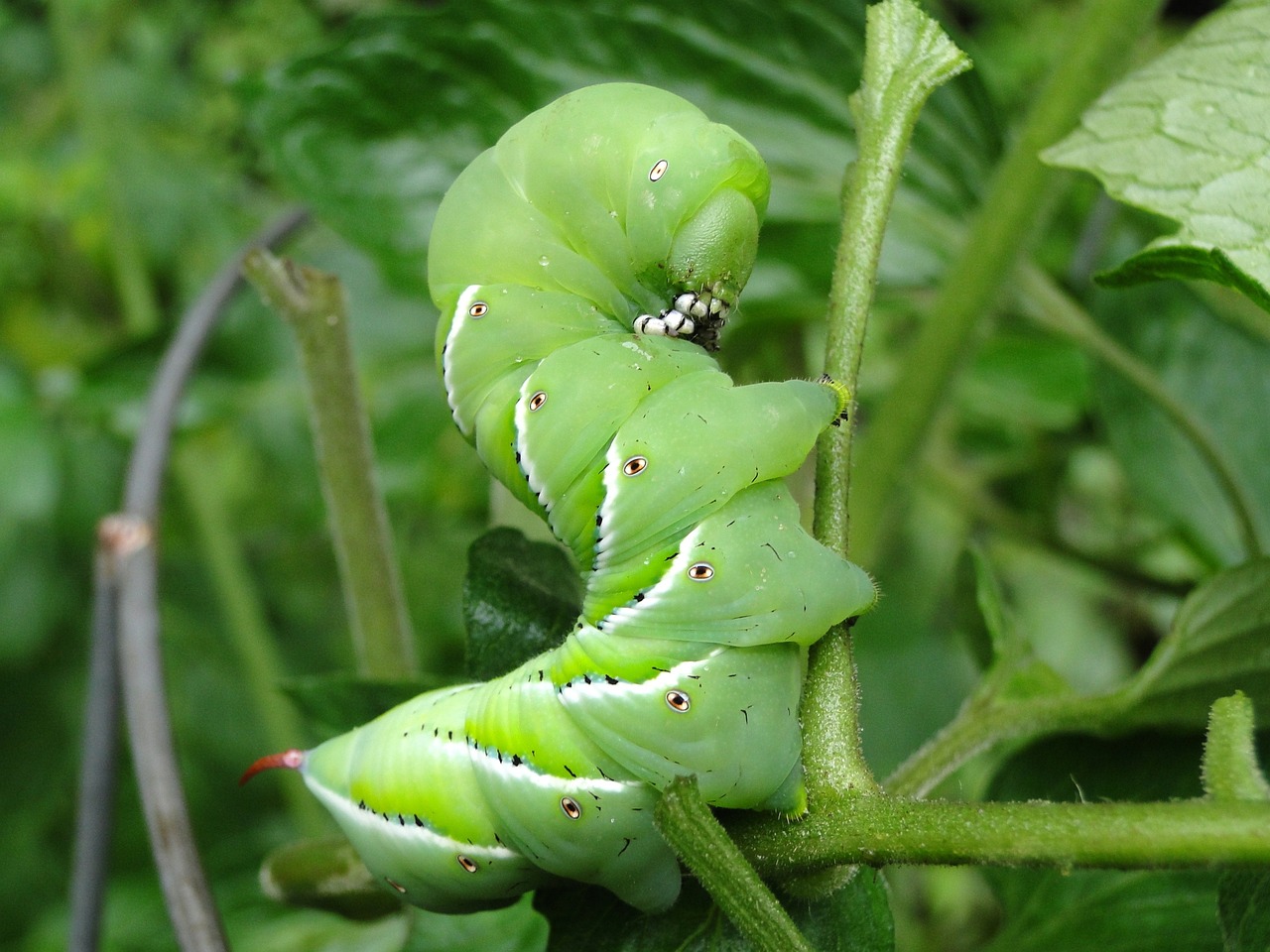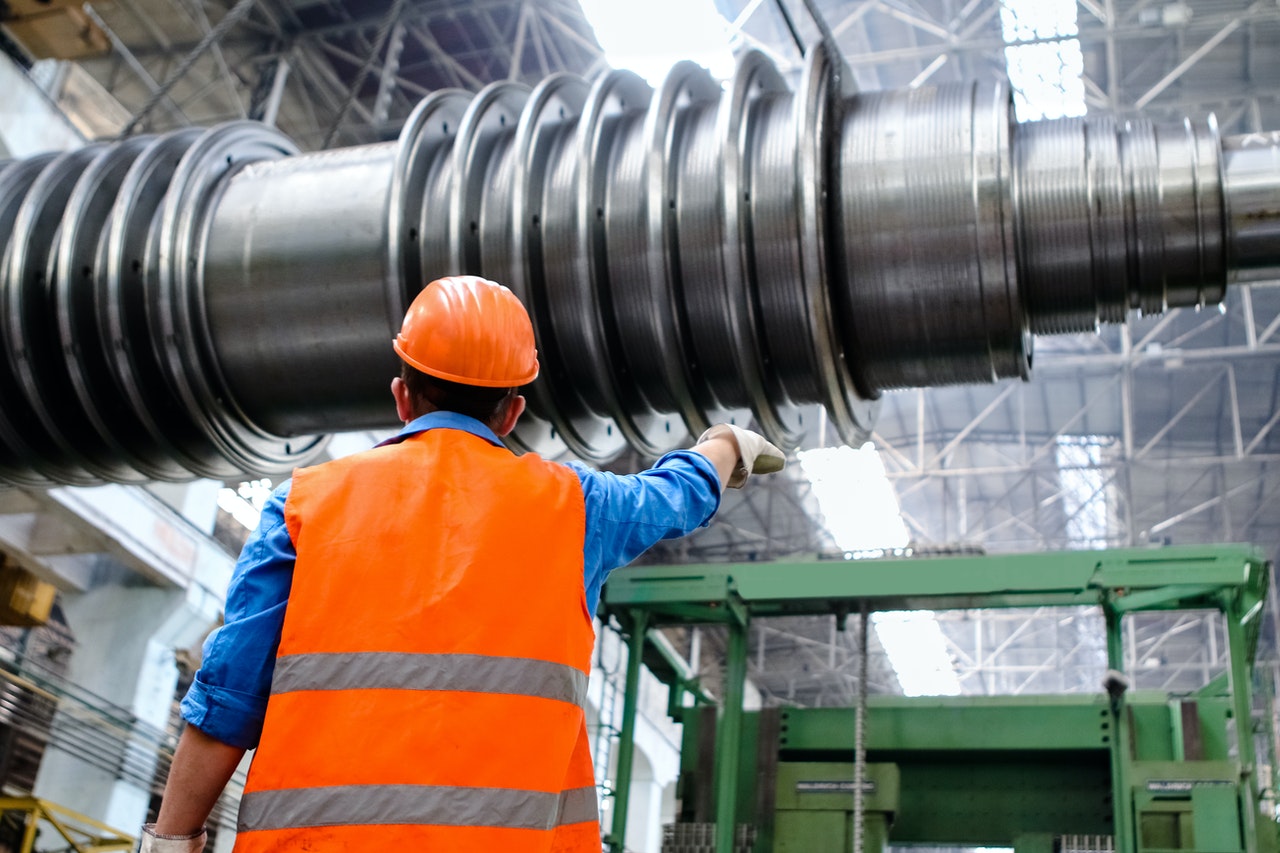A new study by researchers at the University of Bristol in the UK has shed light on a potential link between rising carbon dioxide (CO2) levels and the spread of airborne viruses. Their findings, published in Nature Communications, suggest that higher CO2 concentrations can significantly extend the lifespan of viruses like SARS-CoV-2, the virus responsible for COVID-19.
CO2 and the Acidity Advantage
The research delved into how CO2 affects the acidity of respiratory droplets expelled when we exhale or cough. These droplets typically have a slightly acidic pH level, which helps to deactivate viruses naturally over time. However, the study revealed that increased CO2 levels can neutralize this acidity, creating a more hospitable environment for viruses to survive for longer durations.
Transmission Risk on the Rise
This extended lifespan translates to a potentially heightened risk of transmission. The study found that at CO2 concentrations commonly encountered in crowded, poorly ventilated spaces (around 3,000 ppm), ten times more virus remained infectious after 40 minutes compared to normal air.
The findings raise concerns that extend beyond the current pandemic. If rising CO2 levels due to climate change become a factor, it could lead to a greater risk of transmission for other respiratory viruses as well.
The Importance of Ventilation
The research underscores the importance of proper ventilation in reducing viral transmission. Ensuring good air circulation in public spaces and buildings can help mitigate the risks associated with elevated CO2 levels. Additionally, further studies are needed to explore the impact of CO2 on a wider range of viruses and develop strategies to address these environmental risks.
By understanding the link between CO2 and viral survival, we can take steps to protect ourselves and potentially reduce the spread of airborne diseases.







